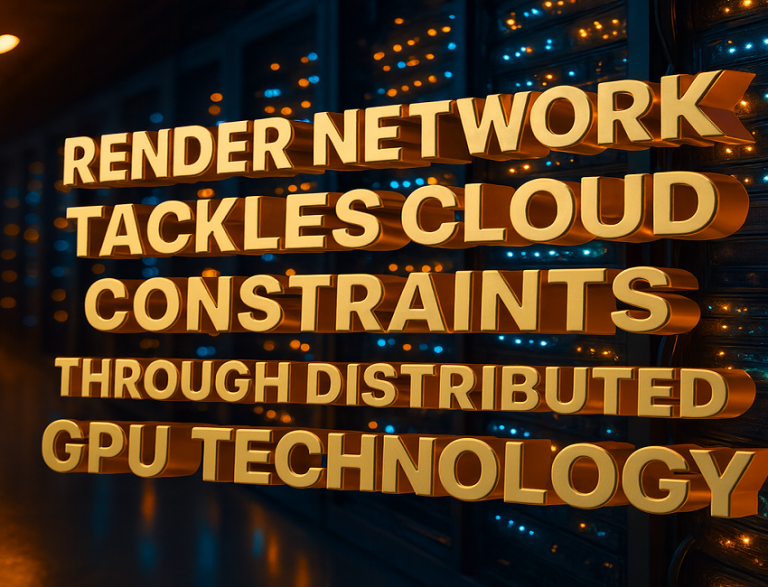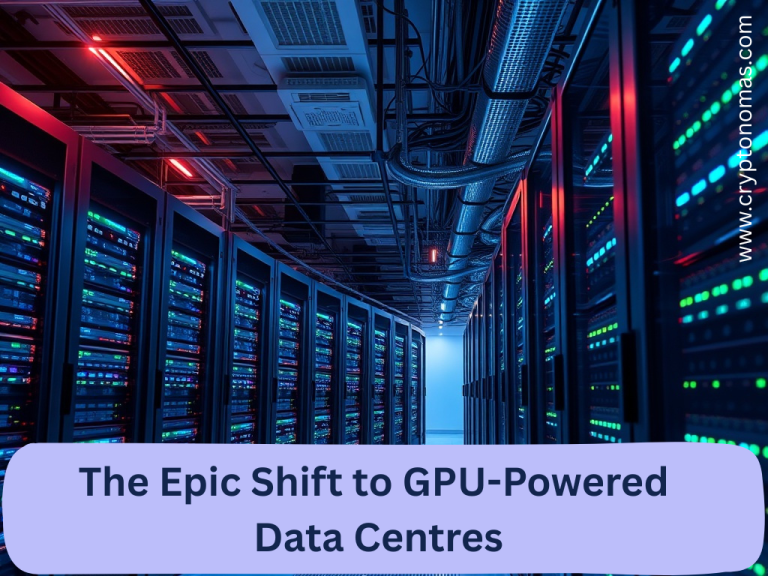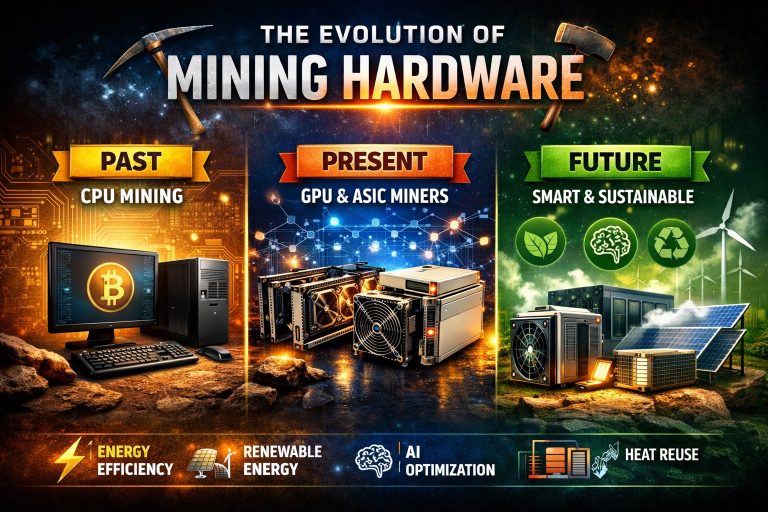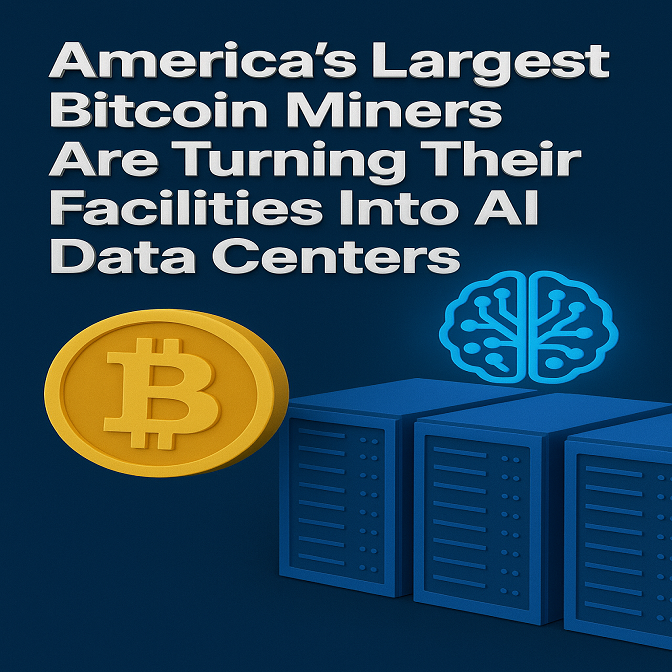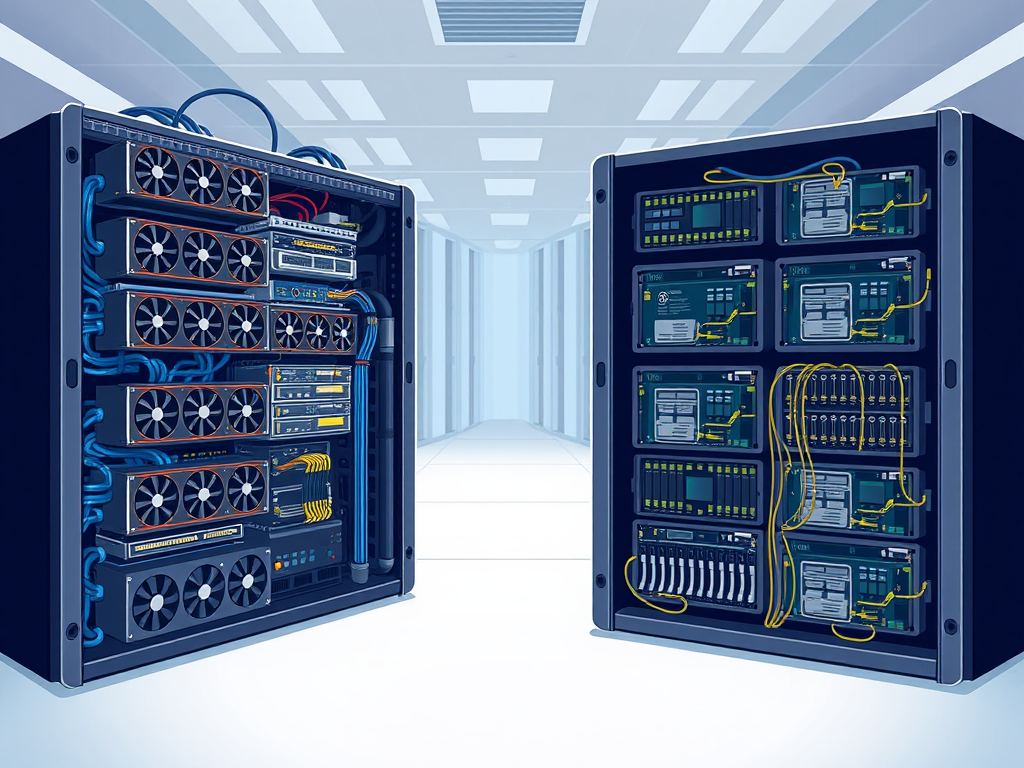
In the world of high-performance computing (HPC), choosing the right type of computing cluster can significantly impact performance, efficiency, and costs. This article provides a detailed look at GPU clusters and CPU clusters, examining their advantages and disadvantages to help you determine which is best for your needs.
What Are They?
CPU Clusters
CPU Clusters consist of multiple central processing units (CPUs) working together. Each CPU can handle various tasks, making this setup ideal for general-purpose computing. CPU clusters excel at complex calculations and tasks that require high single-threaded performance. They are commonly used in applications like data analysis, simulation, and database management.
GPU Clusters
GPU Clusters, on the other hand, utilize graphics processing units (GPUs). Originally designed for rendering graphics in video games, GPUs are now widely used for tasks that require massive parallel processing power. They are particularly effective for applications in artificial intelligence (AI), machine learning, and scientific simulations, where large datasets can be processed simultaneously.
Advantages of GPU Clusters
- Speed with Many Tasks
- GPUs can run thousands of threads at the same time, making them perfect for jobs that can be done in parallel. For example, in deep learning, where neural networks process large amounts of data, GPUs can reduce training time significantly.
- Higher Performance for Specific Workloads
- In tasks like image recognition, natural language processing, and data mining, GPU clusters can outperform CPU clusters due to their ability to handle many operations simultaneously. This can lead to faster insights and quicker results in competitive fields.
- Energy Efficiency
- For tasks suited to their design, GPUs are often more energy-efficient than CPUs. This means that organizations can achieve high performance while using less electricity, which is beneficial for both the environment and operational costs.
- Cost-Effectiveness for Specific Uses
- While the initial investment in GPU hardware can be high, the overall cost of ownership may be lower for workloads requiring rapid data processing. Organizations may find that shorter processing times can lead to faster product development and reduced time to market.
- Advancements in Software Support
- As the use of GPUs has grown, so has the availability of software frameworks that optimize their performance, such as TensorFlow and PyTorch. This makes it easier for developers to implement GPU acceleration in their applications.
Disadvantages of GPU Clusters
- Not as Versatile
- GPUs are not as effective for tasks that require complex logic or are inherently sequential. For example, tasks that require significant branching or decision-making may perform better on CPUs.
- Programming Complexity
- Writing software for GPUs can be more challenging than for CPUs. Developers often need to use specialized languages and frameworks (like CUDA or OpenCL), which can introduce a steeper learning curve.
- Memory Constraints
- GPUs typically have less memory than CPUs, which can limit the size of datasets that can be processed directly on the GPU. This may require additional data management strategies, complicating workflows.
- High Hardware Costs
- The initial cost of high-performance GPUs can be substantial. Organizations must weigh this cost against performance benefits, especially for smaller-scale applications or projects with limited budgets.
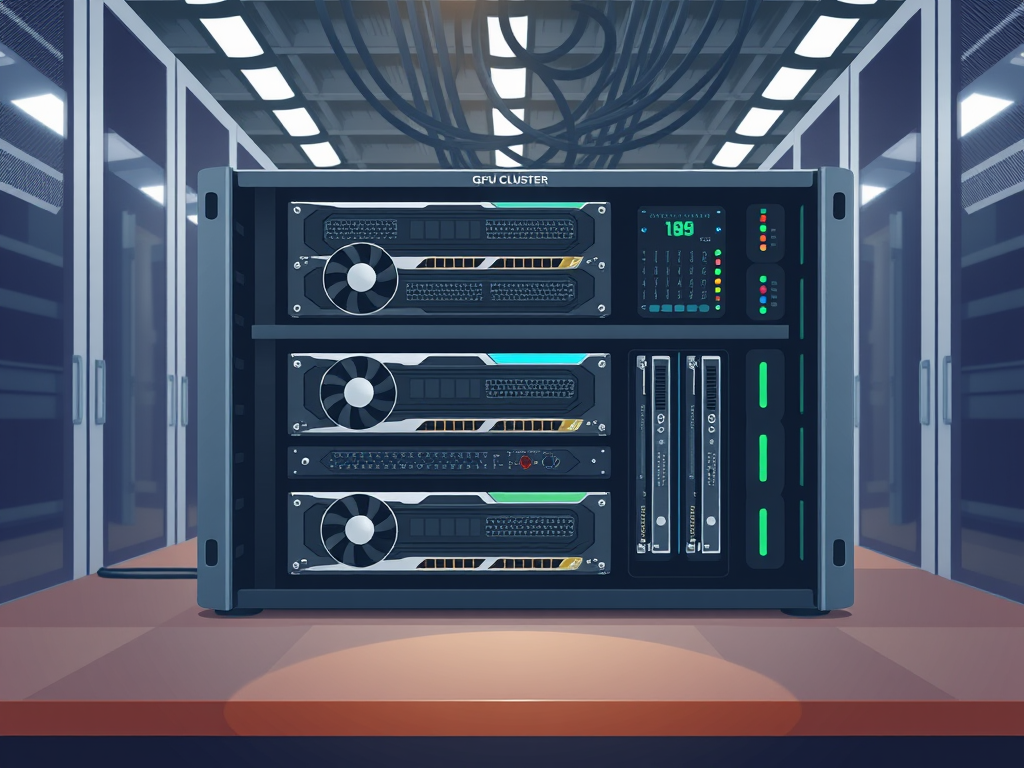
Advantages of CPU Clusters
- Flexibility and Versatility
- CPUs are designed for a wide range of tasks, making them suitable for general-purpose computing. They can handle diverse workloads effectively, from web hosting to data processing.
- Ease of Programming
- Software development for CPU clusters tends to be more straightforward. A wider array of programming languages and tools are available, which can lead to faster development cycles.
- Larger Memory Capacity
- CPUs can support larger amounts of RAM compared to GPUs, which is advantageous for applications requiring substantial memory for processing large datasets.
- Mature Ecosystem
- The ecosystem surrounding CPU-based computing is well-established. There is extensive support, libraries, and frameworks available for developers, making it easier to find solutions to common problems.
- Better for Sequential Tasks
- For tasks that require sequential processing or complex decision-making, CPU clusters generally perform better. This includes tasks like database management and certain types of simulations.
Disadvantages of CPU Clusters
- Lower Parallel Processing Performance
- CPU clusters typically have fewer cores than GPU clusters, which limits their ability to perform parallel processing. This can lead to longer processing times for workloads that benefit from concurrent execution.
- Higher Power Consumption
- For certain tasks, CPU clusters can be less energy-efficient than their GPU counterparts, leading to higher operational costs over time.
- Increased Time for Data-Intensive Tasks
- Tasks that require processing large volumes of data may take significantly longer on CPU clusters compared to GPU clusters, impacting time-sensitive projects.
- Cost Considerations
- While CPUs are generally cheaper than GPUs, the total cost of running a CPU cluster can add up, especially if longer processing times lead to increased labor costs or missed deadlines.
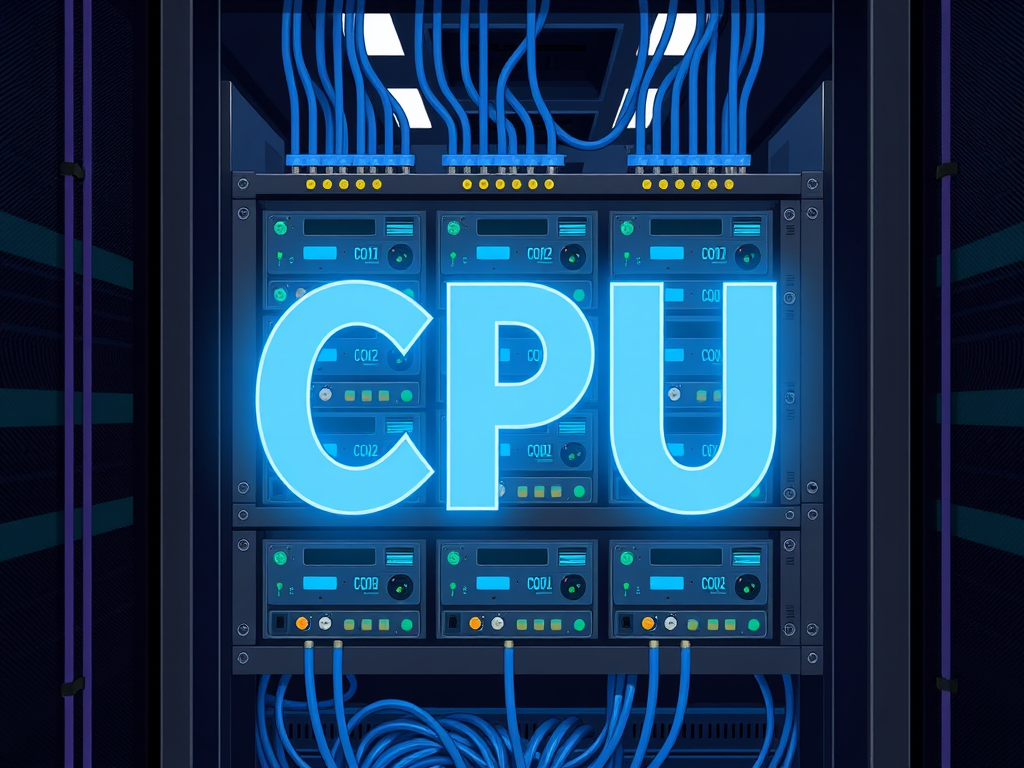
Conclusion
Choosing between GPU clusters and CPU clusters ultimately depends on the specific requirements of the workload. GPU clusters excel in scenarios that involve large-scale parallel processing, such as machine learning and scientific simulations, while CPU clusters are more suitable for general-purpose computing and applications requiring complex logic.
Organizations should assess their computational needs, budget constraints, and development resources before making a decision. By understanding the strengths and weaknesses of each architecture, businesses can optimize their computing infrastructure for maximum efficiency and performance. Ultimately, the right choice can lead to enhanced productivity, reduced costs, and improved outcomes in various applications.
